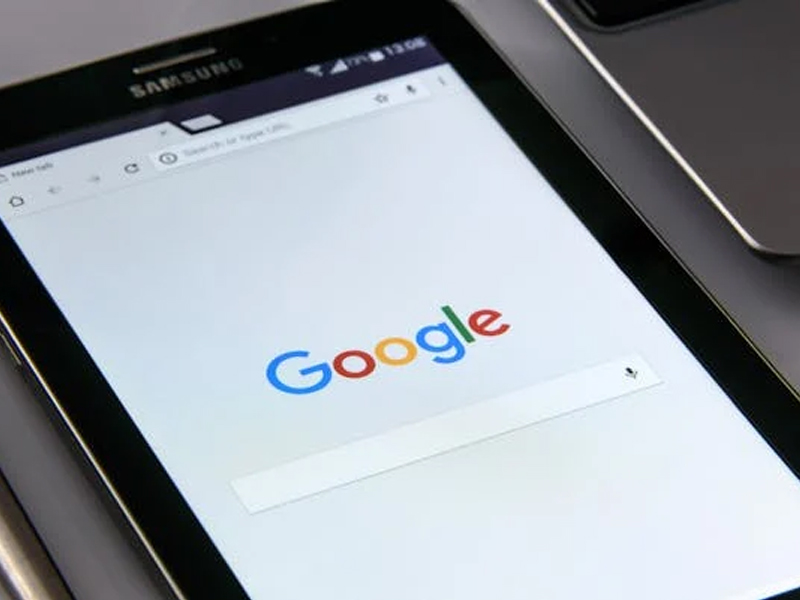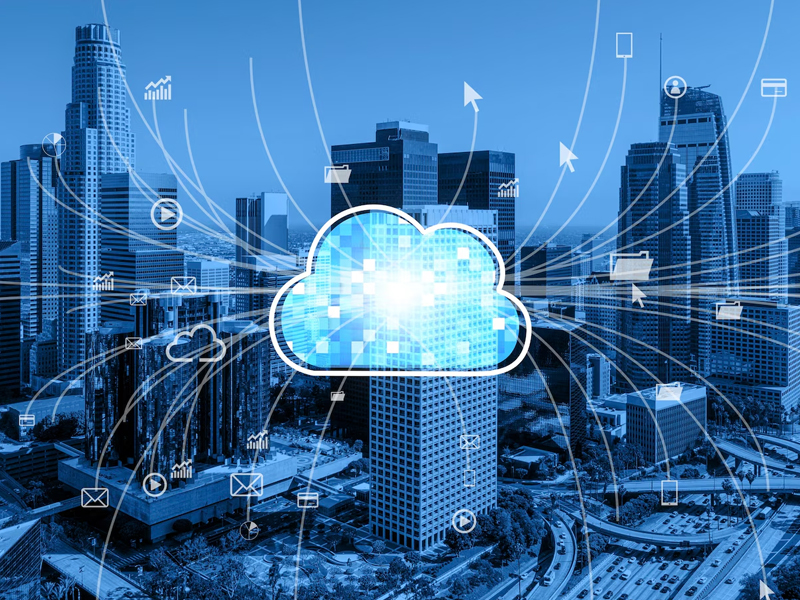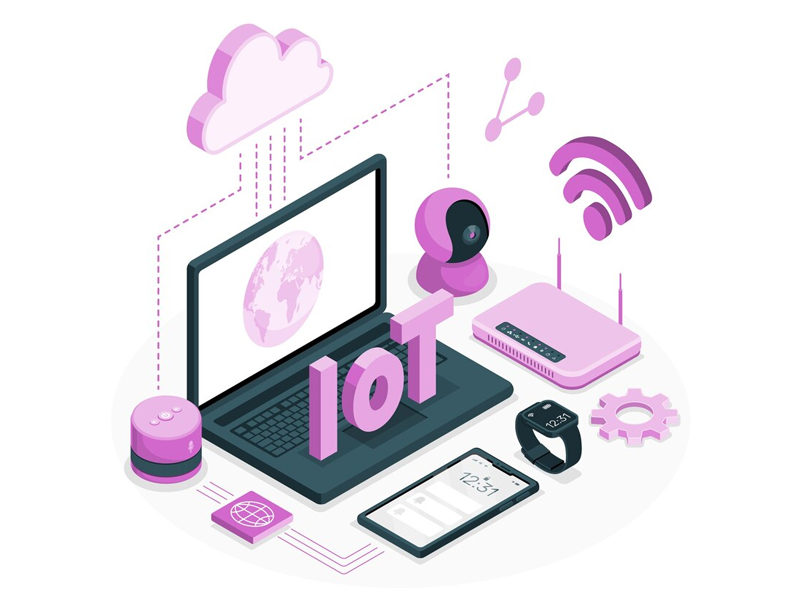Tesla Motors was founded in 2003 by a group of engineers in the Silicon Valley who wanted to prove that electric cars could be better than gasoline-powered cars and now they have unveiled its much-anticipated Model 3 electric car – its lowest-cost vehicle to date.
With the price and range of this five-seater they claim that this would bring in new types of customers and could boost interest in other electric vehicles as well.
Chief executive Elon Musk also let out a word on his goal that was to produce about 500,000 vehicles a year once production is at full speed and the California-based company definitely needs this vehicle to prove popular if it is to stay in business.
While the first deliveries of the vehicle are scheduled to start in late 2017, it can be ordered in advance in dozens of countries, including the UK, Ireland, Brazil, India, China and New Zealand. The basic model will start at $35,000 (£24,423) and have a range of at least 215 miles (346km) per charge.
For an insight on the previous performances it is to be noted that Tesla had delivered 50,580 vehicles last year and most of those were its Model S saloon. An added advantage is that it overtook
Nissan’s Leaf to become the world’s best selling pure-electric vehicle.But the firm still posted a net loss of $889m (£620m) for 2015, partly because it spent $718m on research and development over the period.
So with electric cars trying to overtake the gasoline run vehicles Tesla is purely the fore runner and hopefully it is all set for a makeover in the Automobile Industry. So it’s the Tesla’s Model-3 electric car that is probably going to decide the future of Tesla Automobiles.



Gemini Evolves: Your AI Assistant on the Go with the New Overlay Feature
Cloud Storage: Powering Progress or Polluting the Planet?
Gearing Up for a Connected Tomorrow: Top Trends Shaping the Future of IoT
No More Range Anxiety: Google Maps Uses AI to Simplify EV Charging